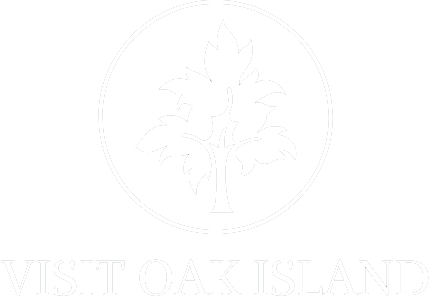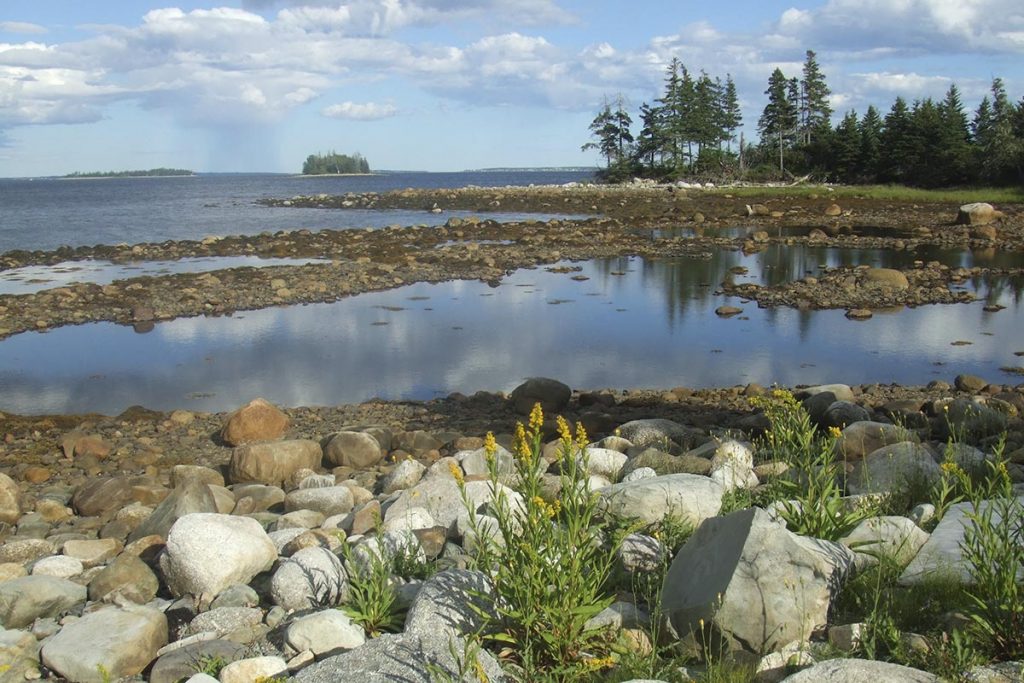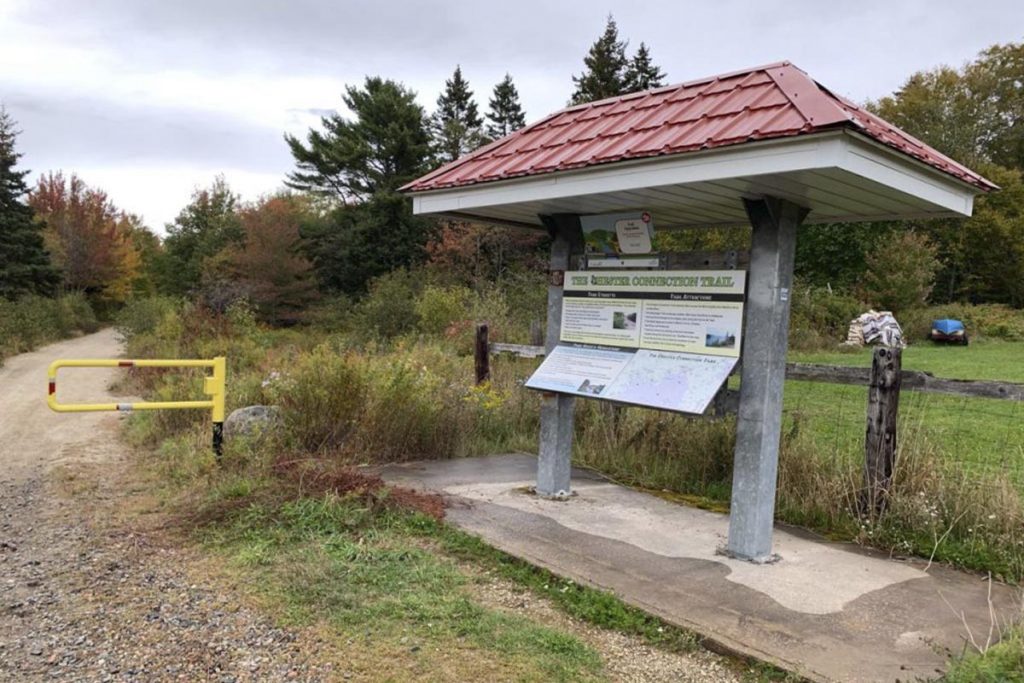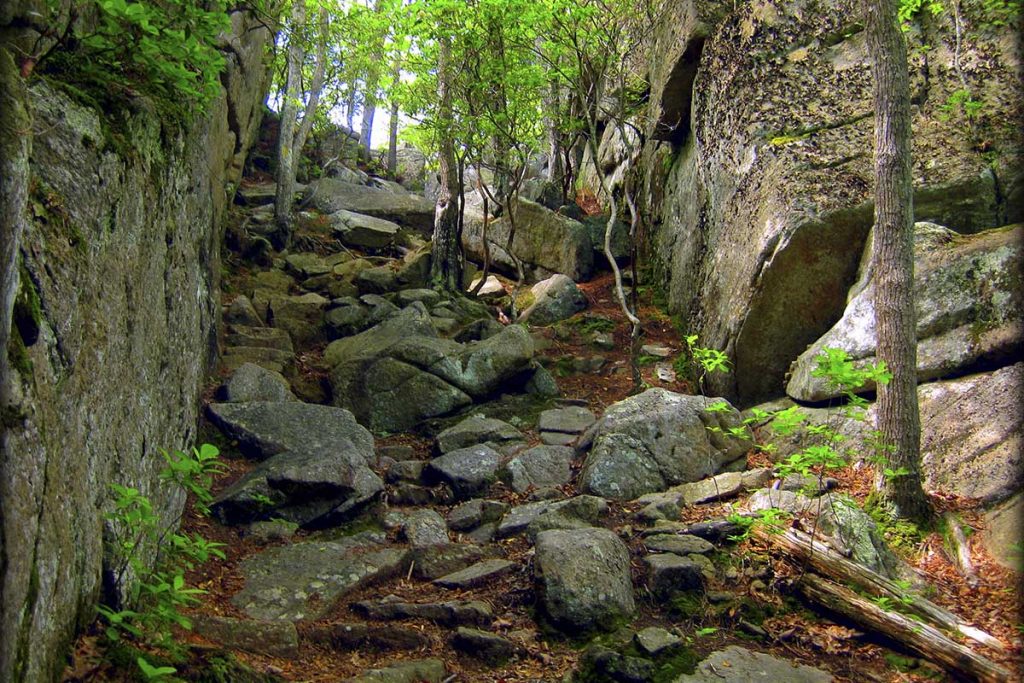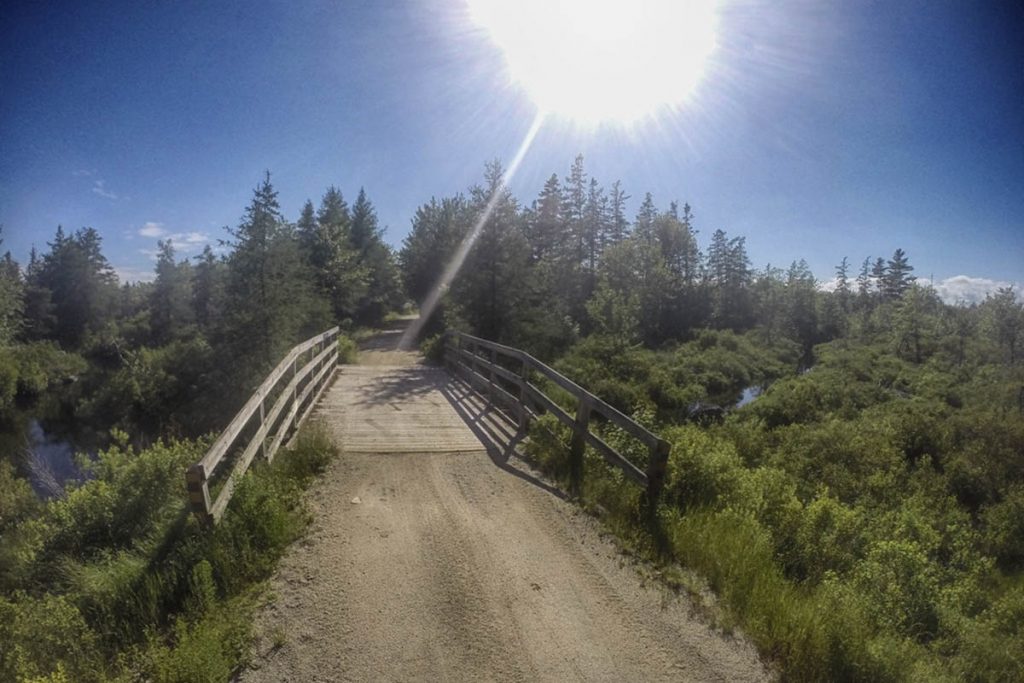Oak Island is a 57-hectare privately owned island in Lunenburg County on the south shore of Nova Scotia, Canada.
About
About Oak Island
Oak Island is located in Novia Scotia, Canada on the Atlantic coast’s south shore. It is one of the several islands making up Mahone Bay. The island came to the...
Recommended
HOTELS & LODGES
Lots of people are traveling the entire world. They have got their own purposes. You can also travel the world. We will tell you how to travel the river, sea, hilly areas, mountain & so on...
